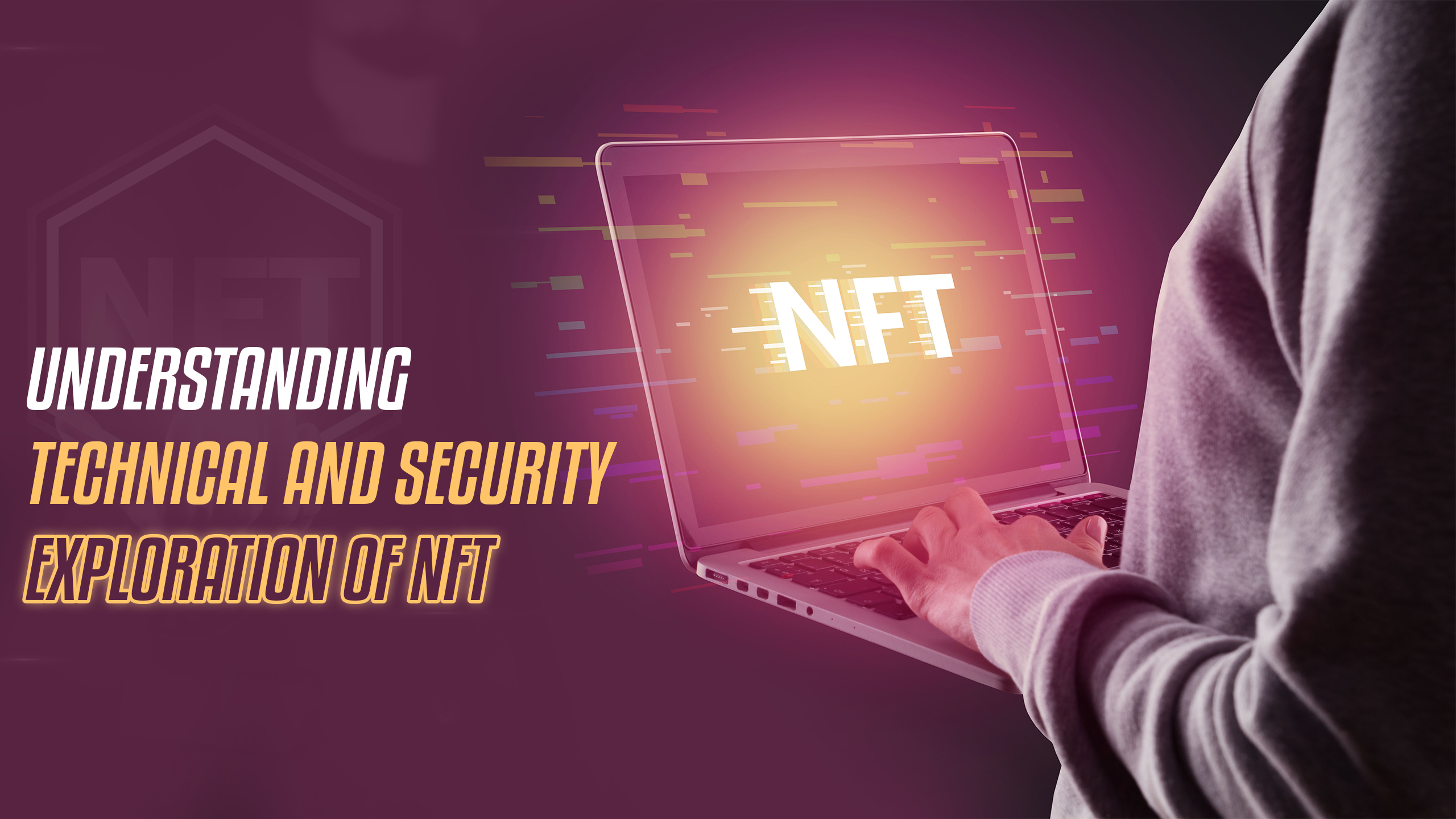Navigating the NFT Landscape: Exploring Different Types and Use Cases
Introduction
Welcome to the exciting world of Non-Fungible Tokens (NFTs), where the digital realm meets blockchain technology, revolutionizing ownership and authenticity. In this blog, we'll delve into the diverse landscape of NFTs, exploring different types and their fascinating use cases.
Definition of NFTs
At its core, Non-Fungible Tokens are unique digital assets stored on a blockchain, often representing ownership of a specific item, piece of content, or even real-world assets. Unlike cryptocurrencies such as Bitcoin or Ethereum, NFTs are indivisible and cannot be exchanged on a one-to-one basis due to their distinct properties.
Overview of the Booming NFT Market
The NFT market has witnessed explosive growth, captivating artists, collectors, and investors alike. From digital art and virtual real estate to in-game items and music, NFTs have permeated various industries, creating new opportunities and challenges.
Importance of Understanding Different Types of NFTs
As the NFT space continues to evolve, it's crucial to understand the various types of tokens available. Each category brings its own unique characteristics and use cases, contributing to the overall richness of the NFT ecosystem. Whether you're an artist looking to tokenize your work or an investor navigating the market, knowing the distinctions between art NFTs, NFT collectibles, gaming tokens, real estate NFTs, and those in the music and entertainment sector will empower you to make informed decisions.
Types of NFTs
The NFT space is as diverse as the digital landscape itself, with various types of tokens catering to different interests and industries. Let's explore some of the prominent categories that make up the vibrant world of Non-Fungible Tokens.
Art NFTs
Art NFTs represent a groundbreaking fusion of technology and creativity, allowing artists to tokenize their digital or even physical artwork. By leveraging blockchain, artists can establish provenance, ensuring the authenticity and ownership of their pieces. Platforms like OpenSea, Rarible, and Foundation have become hubs for artists and collectors to engage in this burgeoning market.
Prominent examples in the art NFT space:
Examples abound, from Beeple's record-breaking sale of "Everyday: The First 5000 Days" to the unique, algorithmically generated CryptoPunks that have become iconic in the NFT world.
Collectibles NFTs
Collectibles NFTs encompass a wide array of digital assets, ranging from virtual trading cards to unique virtual pets. These tokens tap into the human desire to collect and own exclusive items, creating a thriving market for both nostalgic and contemporary collectibles.
Notable collectible NFT projects:
Projects like NBA Top Shot, which turns basketball highlights into tradable moments, and CryptoKitties, where users can collect and breed unique virtual cats, showcase the diversity within the collectibles NFT category.
Gaming NFTs
NFTs have found a natural home in the gaming industry, enabling players to truly own and trade in-game assets. This has led to the emergence of play-to-earn models, where gamers can generate real-world value through their in-game activities.
Successful gaming NFT projects:
Games like Axie Infinity, Decentraland, and The Sandbox demonstrate the transformative potential of NFTs in the gaming space, allowing players to monetize their skills and investments.
Real Estate NFTs
Real estate NFTs bring tangible assets into the digital realm, allowing investors to buy, sell, and trade virtual properties. This innovation opens up new possibilities for fractional ownership and global real estate transactions.
Real-world applications of real estate NFTs:
Platforms like Decentraland and Somnium Space enable users to purchase virtual land, creating a virtual real estate market with limitless potential.
Music and Entertainment NFTs
NFTs have disrupted traditional models in the music and entertainment sector, providing artists with new revenue streams and novel ways to engage with fans. Musicians, filmmakers, and content creators can tokenize their work, offering exclusive experiences to their audience.
Examples of successful NFT projects in this category:
Artists like Kings of Leon have released albums as NFTs, while virtual concerts and unique digital experiences have become sought-after items in the NFT marketplace.
Use Cases
Now that we've explored the diverse types of NFTs, it's essential to understand the practical applications and real-world impact these digital assets have across various domains. From establishing ownership to transforming industries, NFTs offer a range of compelling use cases.
Ownership and Authenticity
One of the fundamental use cases of NFTs is the establishment of ownership and authenticity. Through blockchain technology, NFTs provide a transparent and immutable record of ownership, eliminating concerns about counterfeit or unauthorized duplication. This has profound implications for artists, collectors, and individuals seeking to assert ownership over digital and physical assets alike.
Decentralized Finance (DeFi) and NFTs
NFTs are increasingly intersecting with the world of decentralized finance (DeFi), creating innovative financial opportunities. NFTs can be used as collateral in DeFi platforms, enabling users to borrow against their digital assets. This fusion of NFTs and DeFi opens new avenues for liquidity and financial flexibility within the blockchain ecosystem.
Intellectual Property Rights
NFTs play a pivotal role in protecting and managing intellectual property rights. Artists and content creators can embed licensing and royalty agreements directly into the NFT smart contracts. This ensures that creators receive fair compensation for the use and resale of their work, providing a decentralized and automated approach to managing intellectual property.
Tokenization of Physical Assets
Beyond the digital realm, NFTs are making waves in the tokenization of physical assets. Real estate, fine art, and even luxury goods can be represented as NFTs, allowing for fractional ownership and easier transfer of ownership. This democratization of access to traditionally illiquid assets has the potential to reshape industries and make investments more accessible to a global audience.


Comments
Post a Comment